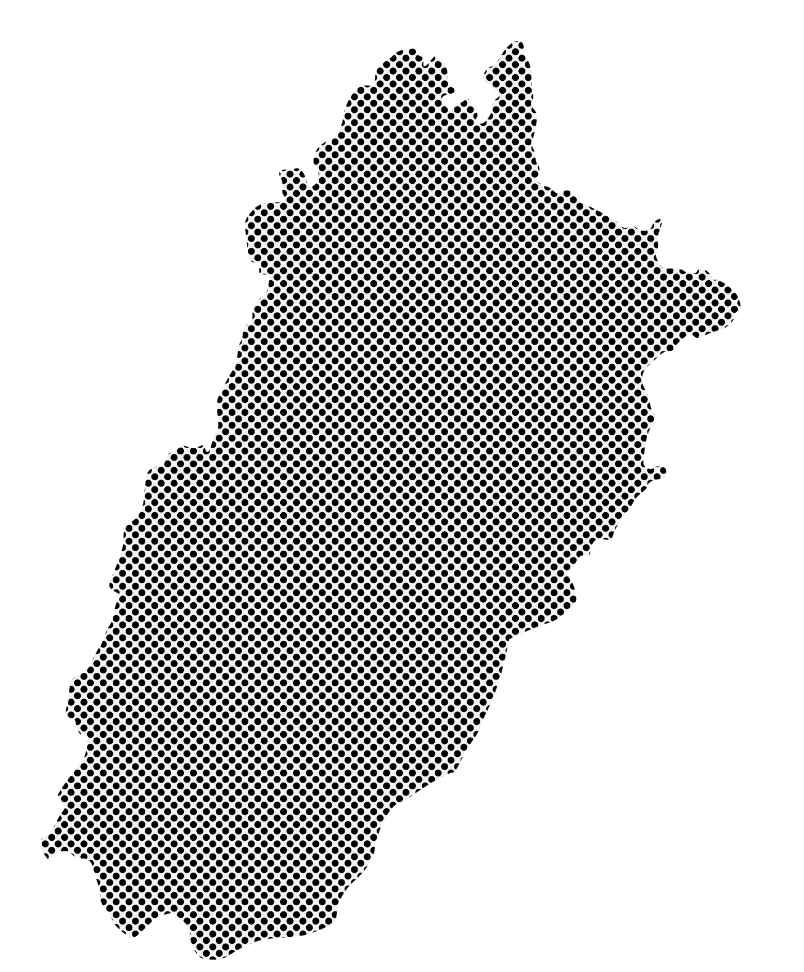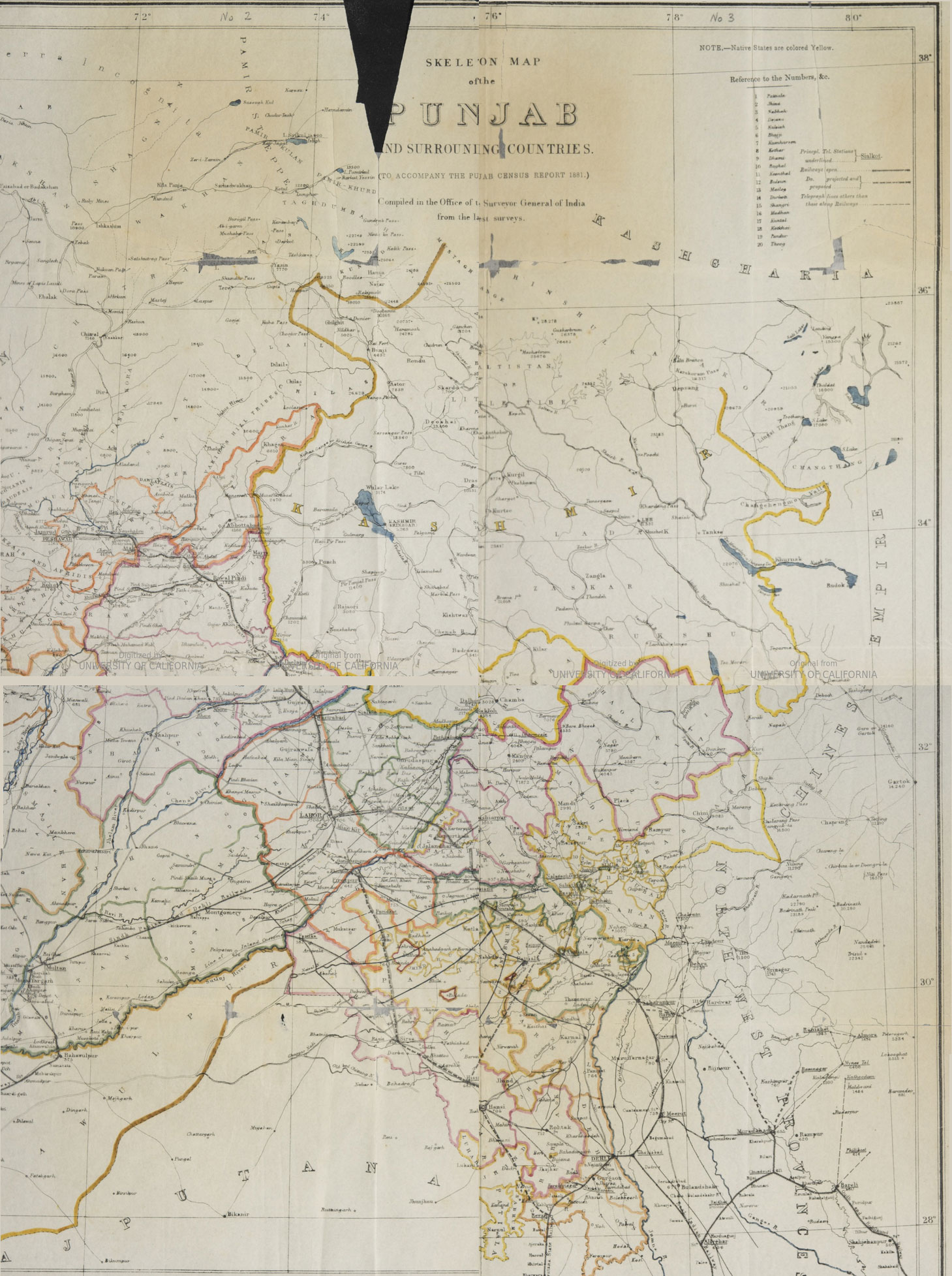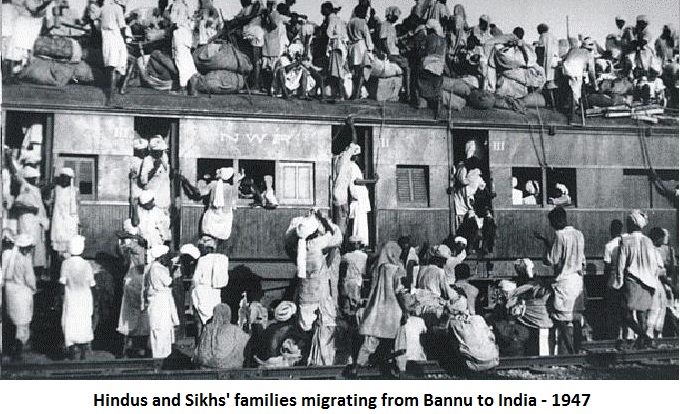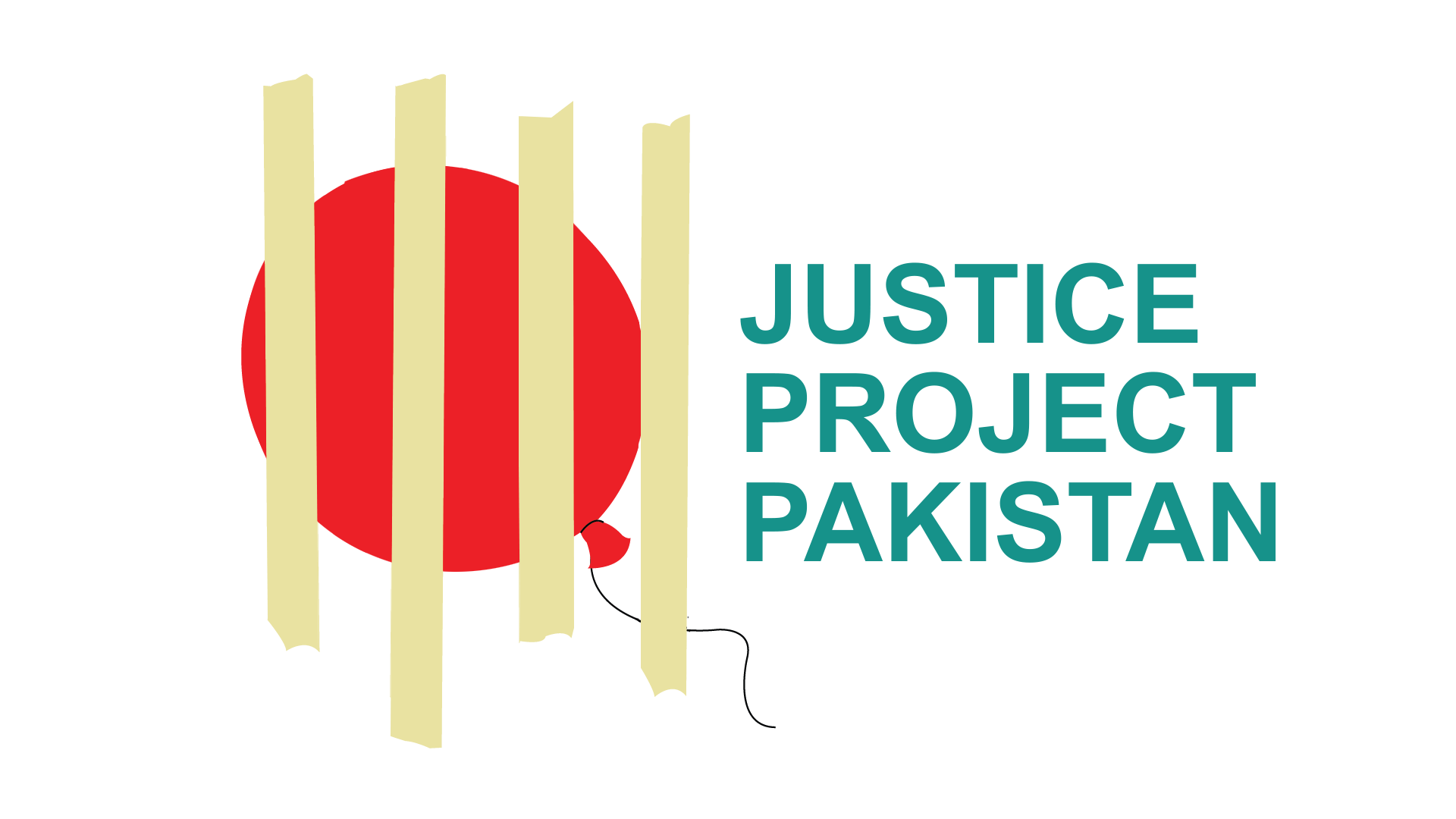Punjab
Privileged Majoritarianism, Disenfranchised Minorities
In Pakistan’s second largest and most populous province, religious communitarian identity complicates rural and working-class experiences with law enforcement, criminal legal procedure, the courts and imprisonment, which point to a long history of the construction of privileged Sunni Muslim demographic majority, pushing minority groups to the fringes.

“Upon entry to jail, prisoners are asked how they identified according to caste, and if [a person from a minority faith] provided association such as jat or malik, which is a common way of identification in Pakistan, they would be told, ‘no, you are [from the minority faith.]’ [Our faith] becomes our caste… for us religion is noted in place of caste.”
– Ex-prisoner Farooq

Detention Through Colonial and Post-Colonial Times

In undivided Punjab, Sir Denzil Ibbetson, a member of the Bengal Civil Service under the Crown rule of India, compiled a document that drew heavily from the 1881 census report. Called the Outlines of Panjab Ethnography, it included categorised lists and detailed descriptions – of all the occupational groups, races, castes, tribes, religions, and languages – that he believed comprised empirical knowledge of the region. For future administrators to be able to make real sense of the numbers, he wanted to annotate the “voluminous table of naked figures“ that would “furnish a sketch of the salient features of native societies in the Panjab.”
Ibbetson mapped the province into distinct, enumerated religio-ethnic portions, as if its very topography was cartography for the racial, cultural, linguistic, and tribal myriad he hoped to classify.
- Undivided Punjab
In Punjab the forms of discrimination and criminalisation that sectarian and religious minority groups face can be traced back to colonial anthropological practices of topographically identifying people of the region by religion.
- Post-Partition
Following Partition, the influx of Muslim refugees and the departure of Hindus and Sikhs for India resulted in demographic changes that saw Sunnis become the vast majority, and a majoritarian Sunni identity was also fomented.
- The Present
Today, while socio-economic disenfranchisement is a major reason for high incarceration rates across the country, in Punjab, the back-story to much of the criminal activity that defence lawyers sift through, such as murder and robbery, take place as a result of community-based tussles over limited resources. For those members of the working class who belong to minority backgrounds the situation is even worse. They are vulnerable to the scapegoating of their identities as being in violation of the majority faith, which becomes the platform on which to dispute rights to employment, property, and political participation.
Author’s Voice-Notes

Stories of Incarceration
Invisibilising Identity
Sixty-five-year-old Farooq Amjad, a security in-charge at a Jhelum area rubbish disposal factory, was accused of deliberately burning the Quran by a driver who also worked at the facility.
Dispossessed in Detention
Hassan, 60, spent 14 months in Layyah jail on allegations that he had committed blasphemy.
Rehabilitation comes to the majority faith
Sohail Yafat went to prison for 10 years with a murder conviction, a crime he maintains he did not commit.
PUNJAB STATISTICS 2025
Prison Population Trend
as of Nov 2023 statistics
of it’s authorized capacity
Under Trial Prisoners
of all the prisoners are
under trial in only punjab
Prison Population in Punjab
population in pakistan
